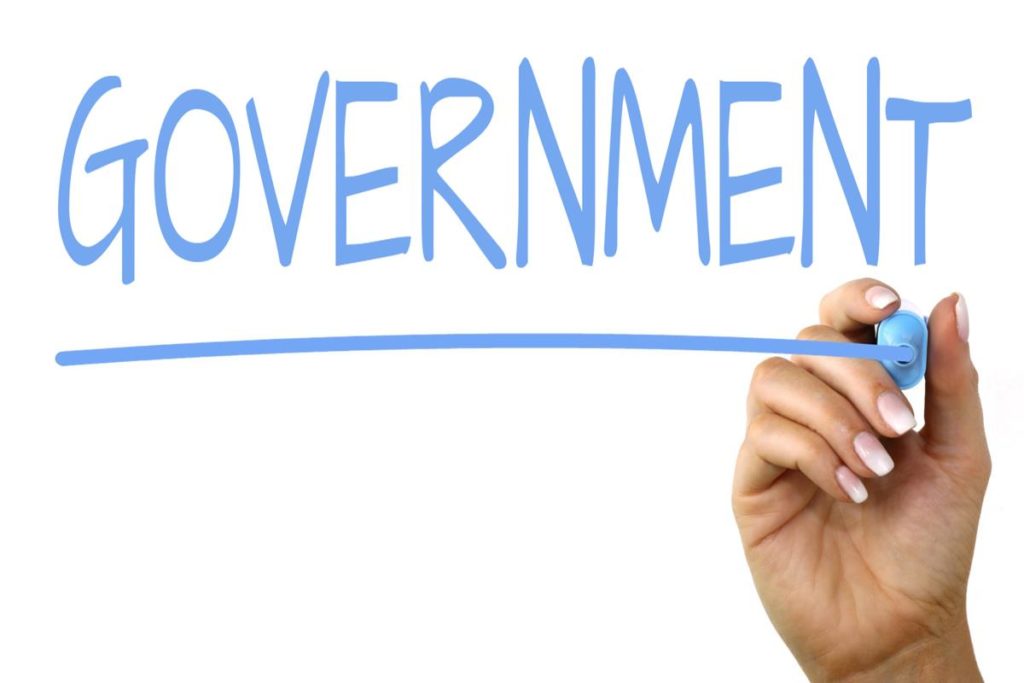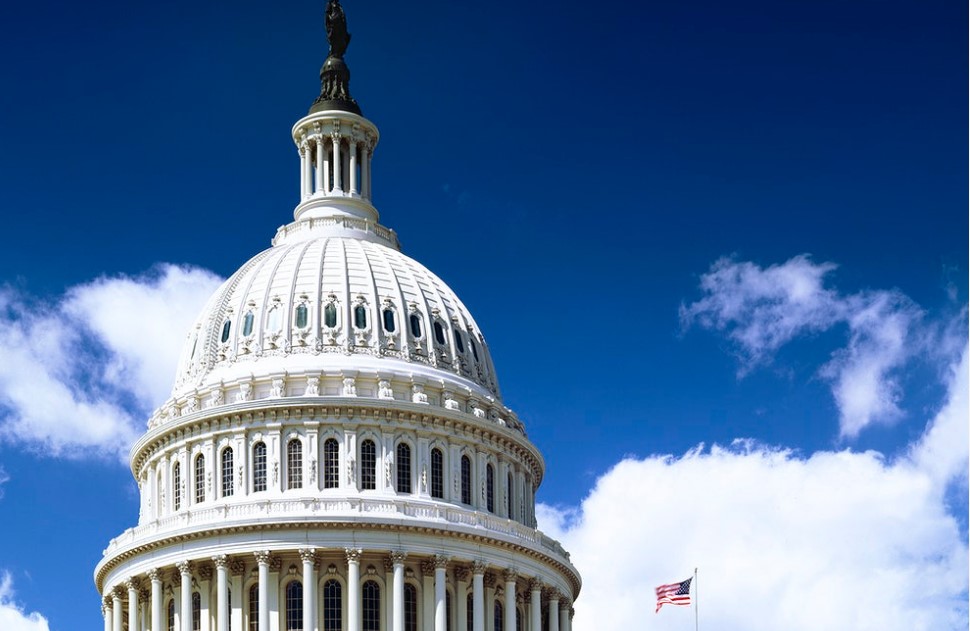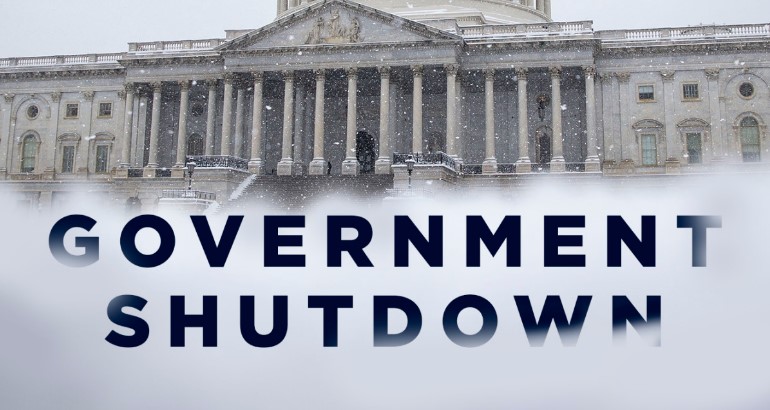2018 witnessed the longest-ever government shutdown when President Trump demanded more than $5 billion to fund the construction of a US-Mexico border wall. In the standoff, Democrats refused to play ball, stating that they wouldn’t allocate any additional funds for it.
Recently, Trump threatened yet another government shutdown after expressing his displeasure with the pandemic relief bill and the $2.3 trillion government funding package approved by Congress. Not only was he unhappy with certain aspects of the funding legislation, but he also wanted the $600 relief checks to be raised to $2,000.
What is a government shutdown, and what happens when it is in effect?
Here’s everything you need to know.
What Does a Government Shutdown Mean?
A government shutdown is exactly what it sounds like – the closure of non-essential federal programs. It is a crisis – manufactured or otherwise – that occurs when Congress fails to fund the government.
What happens during a government shutdown? The government halts all non-essential services, while essentials like the fire departments, police, air traffic controllers, border protection, and the armed forces continue to operate.
Shutdowns occur in one of two ways: Congress could fail to allocate the funds required for federal programs, or the president could refuse to sign the bills allocating those funds.
The result? A standoff between the executive and the legislative arms of government.
Why Do Government Shutdowns Happen?
In the normal budget process, Congress passes funding legislation for appropriations. The president then signs them by September 30 for the following fiscal year, which begins on October 1.
However, if this fails to happen by the time the deadline rolls around, both the president and Congress can pass a resolution to maintain funding appropriations at the existing levels. If that doesn’t happen in time, a federal shutdown occurs, which signals a complete breakdown in the budget process.
Most federal departments are funded by the discretionary budget. When Congress fails to appropriate funds, these departments have no choice but to close, unless they have surplus funding available to support their operations.

Who Is Affected by Government Shutdown?
During a federal shutdown, many employees get furloughed, which means they’re sent home without pay. Those providing essential services have to continue working without remuneration. Once funding is approved, all employees receive back pay for the duration of the shutdown.
Most of the agencies that provide essential services are usually set up to allow them to operate without funding legislation. Several functions within the Department of Justice, for instance, have their own funding sources. Even the Postal service has a separate source of funds to allow for the continued delivery of mail until it exhausts that source.
Medicare, Medicaid, and Social Security payments form part of the mandatory budget. Because mandatory programs are automatically funded, they are rarely affected by a federal shutdown. Annual appropriation acts do not set mandatory or direct spending. Instead, it is governed by statutory criteria created by prior acts of Congress.
Here’s an overview of the percentage of furloughed workers in the 2018-2019 government shutdown.
| Sector | Percentage of Furloughed Workers |
| Education | N/A |
| Energy | N/A |
| NASA | N/A |
| State | N/A |
| Homeland Security | 13.1 |
| Justice | 15.9 |
| Health and Human Services | 24 |
| Food and Drug Administration | 29.4 |
| Commerce | 31.5 |
| Treasury | 42 |
| Agriculture | 43.5 |
| Labor | 77.7 |
| Interior | 82.9 |
| Housing and Urban Development | 86.7 |
| Environmental Protection Agency | 92.9 |
| Internal Revenue Service | >95 |
| Smithsonian | >95 |
Does a federal shutdown lead to a state shutdown? Not exactly. In the past, most states have been able to keep a large chunk of their programs and services running. The federal government then reimburses them once the funding is appropriated.
Sometimes this doesn’t happen fast enough. In other instances, they aren’t always fully reimbursed.
Nonetheless, given the fact that roughly two-thirds of federal grant funding to states comes from the mandatory budget, most of them aren’t generally affected by federal shutdowns.

How Does a Government Shutdown Impact the Economy?
Shutdowns impede economic growth for several reasons. For starters, federal government spending contributes about seven percent of the gross domestic product (GDP). When the government shuts down, this number falls significantly.
There’s also the fact that furloughed workers and unpaid contractors go several weeks without pay, which means they don’t have as much money to spend on purchases. This multiplier effect gets worse the longer the shutdown persists.
In the 2018-2019 shutdown, for instance, the country’s GDP went down by a whopping $11 billion; $3 billion in the last quarter of 2018 and $8 billion in the first quarter of 2019.
Examples of Recent Government Shutdowns
Before 1980, there were hardly any shutdowns. That is not to say there weren’t any funding gaps. Agencies simply assumed that Congress expected them to continue working, and so they did.
However, US Attorney General Benjamin Civiletti changed all that when he gave two opinions that required federal agency heads to suspend their operations until Congress appropriated the funds required. Only essential functions could continue with their operations.
The 2018-2019 shutdown was by far the longest one in history, lasting 35 days between December 21, 2018, through January 25, 2019. That wasn’t the only shutdown in 2018, though.
There was one on January 19, 2018, when the government closed its operations for three days after the US Senate failed to pass a resolution to extend funding appropriations until February 16, 2018.
On February 9, 2018, the federal government shut down once again for a few hours until both Congress and the president could pass another resolution to extend funding.
In 2013, in a Republican attempt to stop the launch of Obamacare, the government shut down from October 1 to October 17, 2013. The shutdown slowed economic growth in the period by about 0.4%.
Money Makes the Government Go Round
A government shutdown has a huge negative impact on federal employees and contractors alike. Anytime Congress and the executive arm of government aren’t in-sync when it comes to funding appropriations, a government shutdown is inevitable.
Have a question? Live Chat with one of our legal experts today.
